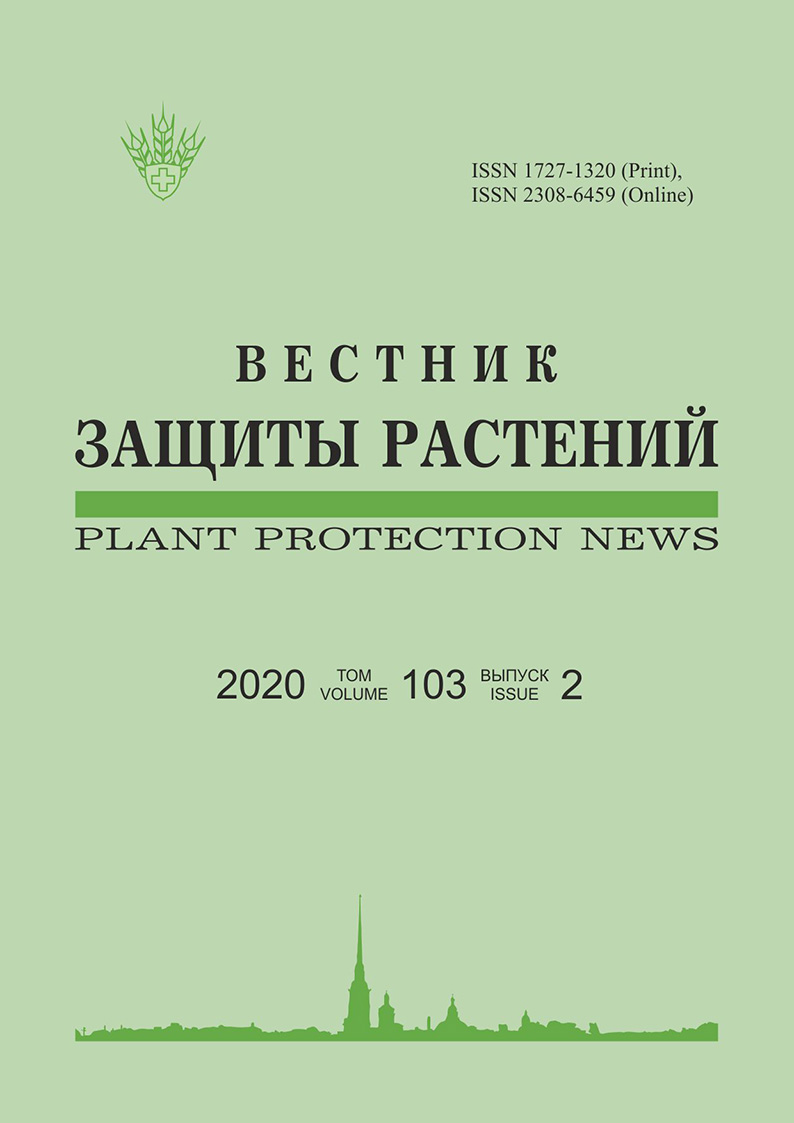Allocation of levels of phytosanitary zoning of the territory concerning weeds using Leningrad region as an example
Keywords:
macro-level, meso-level, micro-level, weed flora, elementary flora, Leningrad regionAbstract
Cultural and weed plants are similar in their distribution governed by natural climatic factors. However, the distribution of weed species is not correlated to the zones of cultivation of cultured plants, and assignment of agricultural zones cannot serve as the basis for phytosanitary zoning of the territory in relation to weeds. The regional pool of plant species associated with secondary habitats is the basis of the regional weed flora. These species are most adapted to rapid settlement and survival in agroecosystems that are subject to periodic intense anthropogenic impacts during economic activity. The weed flora of the region is an object of study and the basis for allocating the macro-level of phytosanitary zoning of the territory in relation to weeds. It is conditioned primarily by climatic features and corresponds administratively to regions. The basis for selecting the meso-level is the weed flora of agro-climatic regions (differing in soil and climate conditions), and the weed flora of the agroecosystem is the basis for selecting the micro-level. The weed flora is referred to as an object that is linked to a specific territory in terms of geography and ecology, with its specific a structure and interactions with objects of different types (being not just a territorial complex of weed species). This referral fits into the framework of the synecological approach to the study of weeds.



